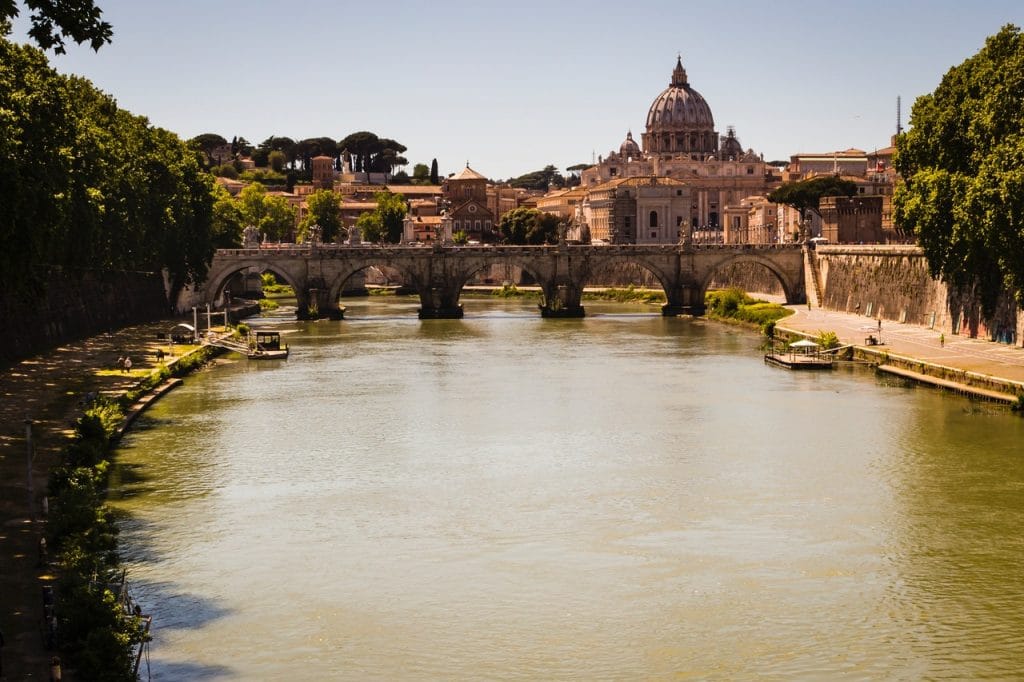
Why is it important to know more languages?
Anyone can learn as many languages as they want, and this can only be achieved with effort and perseverance. Knowing more languages offers you

Italy is the most linguistically fragmented country in Europe, due to its recent political unity. Today, a myriad of dialects are spoken in Italy. If you want to know how this process happened and which are the most prominent languages of Italy, read on.

Nowadays, there are several families of Italian dialects, which are spoken in different parts of the country. Therefore, when travelling in Italy, you may be surprised to find that, even if you speak the language and know the most commonly used expressions, there are different dialects depending on where you are.
This is the result of a process of ‘vulgarisation’ of Latin that occurred gradually from the division of the Roman Empire, as multiple cultures coexisted within it. This is why there are languages in Italy that derive from Greek or Germanic languages.
The official language accepted by the Italian Republic derives from the vulgar language spoken in Tuscany, which was first used in a standardised form by authors such as Dante Alighieri with the Divine Comedy. This is one of the reasons why this author is appreciated as one of the precursors of the Italian language and culture.
Thanks to the literary production of authors such as Dante, Boccaccio and Petrarch and thanks to the power of the De Medici family in Florence during the Renaissance, this dialect was taken as the language of transmission of culture, among all the languages of Italy, and of course today it is the most important requirement for entry into schools and universities.
Italian dialects are not to be understood as variants of the language, as American English and British English might be, but as real languages of Italy, well differentiated from each other.
They are generally divided into three main groups, subdivided into dialects of the north, the centre-south and the far south. Although there are some classifications that also include island dialects as languages of Italy.

Northern Italy is home to languages known as northern or Nordic dialects, which are the product of the influence of French and other Germanic and barbarian languages in the region, so pronunciations can sound similar. Northern dialects fall into the following categories:
Gallo-Italic languages are also spoken in parts of Sicily and the most popular are as follows:
After the official language derived from Tuscan, Gallo-Italic dialects were for years the most widespread languages in Italy, being spoken by the wealthier classes.
Although there are many dialects of Veneto, among the most widely used are the following:
The most widely spoken of these is Venetian, although Ladin is considered an official language after Italian.
Among these languages of Italy are the Tuscan dialects, which are not only the basis of the official language of the republic, but also have great historical importance. In addition, there are dialects such as Romanesco, which has a very particular vocabulary.
In southern Italy, in addition to the Calabrian dialect, other dialects are spoken, such as Neapolitan, which is naturally heard in Naples and is complex because it even has influences from Greek languages.

In addition, this classification also includes other Italian languages such as Sicilian, which is the product of the mixture of many cultures that have inhabited the island, including Arabic and Greek culture.
These are dialects spoken in the extreme south of Italy, i.e. in Salento (the tip of the heel of the boot and the southern part of the Apulia region), in the central-southern part of the Calabria region and in some of the surrounding islands. The Sicilian language undoubtedly falls into this classification, as does the Sardinian language, which is a mixture of several cultures like the Sicilian language. In the latter case, however, there are also strong influences that were part of the crown of Aragon.

Although learning Italian is of great importance because all Italians can speak the official language, dialects are used in several specific regions. They are a way of having informal conversations, specific to each region.
This is because when Italian was made official by Tuscan, many families at home still used their traditional dialects to communicate, so they became popular in their home region.

Anyone can learn as many languages as they want, and this can only be achieved with effort and perseverance. Knowing more languages offers you

Learning a language is more than knowledge, it is a personal challenge. Because learning a language provides us with the basic tools to develop

Languages are an elementary basis for communication in today’s world. That is why they are necessary for our education, allowing us to experience endless
Italian, alongside English and French, is one of the most popular languages when it comes to choosing a language for further studies. Teaching techniques
Reserva tu Clase de Prueba Gratis
English Placement test
Select the correct answer. Then, write a short text choosing one of the two options.
Test di italiano
Scegli la risposta corretta. Successivamente, scegli un tema per una breve composizione scritta.
Test de español
Escoge la respuesta correcta. Sucesivamente, escoge un tema para escribir un breve texto.
Book Your Free Trial Lesson